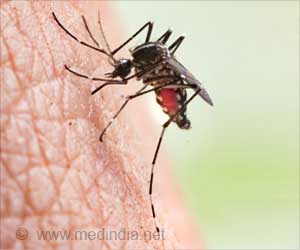The large number of tourists visiting Easter Island every year is making the historical region susceptible to environmental threats, indicates report.
The large number of tourists visiting Easter Island every year is making the historical region susceptible to environmental threats, indicates report.
According to a report by the Winnipeg Free Press, some 70,000 visitors now arrive each year at the Easter Island, up from just 14,000 in the mid-1990s.Apart from the island's utter remoteness, what attracts the tourists are the moai, the mysterious giant stone statues erected by the ancestors of the indigenous Rapa Nui people.
They are a testament to a complex society of up to 20,000 people that later shrank to a shadow as a result of calamitous environmental stress and deforestation.
Today, Easter Island once again faces environmental threats, with massive number of tourists causing much stress on the ecosystem of the region.
The absence of a sewage system is threatening the cleanliness of the island's underground water sources.
But it would be hard to install one without damaging archaeological sites. Electricity comes from diesel-powered generators.
Advertisement
Many Easter Islanders are worried, and say that tourists should be limited to 50,000 a year and be preferably well-heeled, according to Marcelo Pont, the vice-president of the Council of Elders, an advisory body.
Advertisement
"They're interested in sun, sand and swimming pools, not the island," said Edgard Herevi of the local chamber of tourism.
Tourism has brought migrants from the mainland as well. The population is now 5,000, up from 3,300 in 2002, of whom only half are of Rapa Nui descent.
Locals complain that the incomers are competing in the handicrafts trade, carving wooden moai and selling shell necklaces.
There is almost no unemployment, and thanks to tourist revenues and government spending, living standards are similar to those on the mainland.
But, locals worry about the future.
In response, Chile's government is proposing laws that would beef up the island's government, give the Rapa Nui more say in it and allow them to control immigration.
It also plans to raise the entrance fee to the Rapa Nui National Park, where most of the main sights are, from 10 dollars to 60 dollars for foreigners.
Source-ANI
ARU








